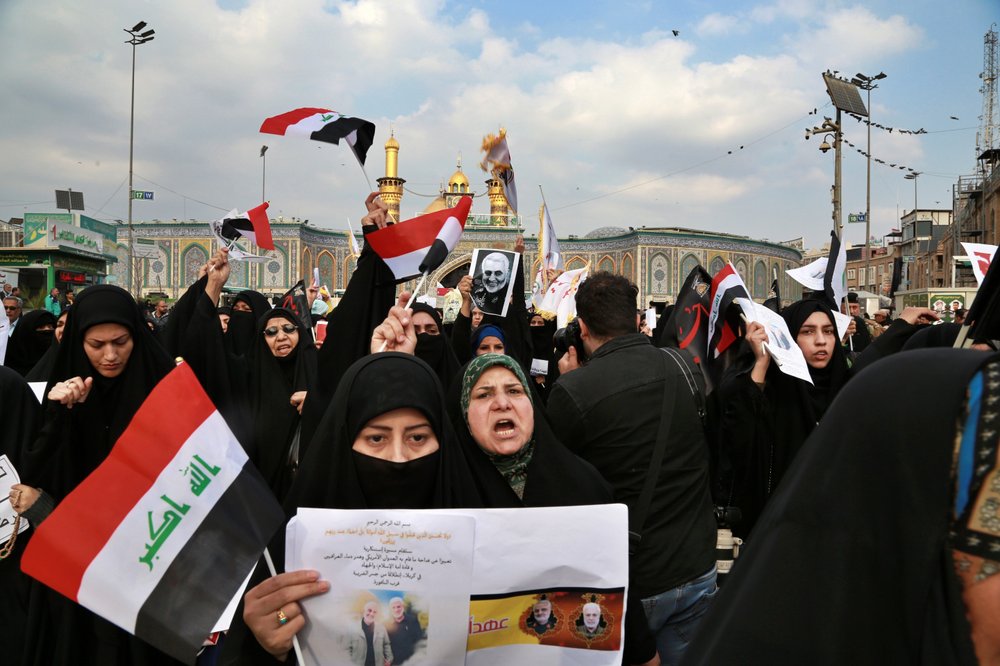

The analysis also reveals three broad insights that can be applied today: plan against Russia’s maximum intentions revitalize the sword and the shield and modernize the sword and the shield.Ĭreating a Powerful Deterrent: NATO’s First Two Strategic Concepts The First Strategic Concept (1949)ĭeterrence has been central to the North Atlantic Treaty Organization’s (NATO) strategic concepts since the beginning. The main purpose of doing so is to give today’s leaders and planners a better understanding of their forebearers’ efforts, to learn their lessons, and avoid their mistakes. This paper examines NATO’s first seven strategic concepts to chart the progress of the alliance’s approach to defense and deterrence. 1 Since 1991, three concepts have been published openly, the latest in 2010. The first four of these were classified and made public in 1997. There is a saying: “If you want a new idea, read an old book.” For the authors of the North Atlantic Treaty Organization’s (NATO) new strategic concept looking for a new approach to its core task of defense and deterrence, the best “old books” to consult might be the seven strategic concepts NATO has published since 1949.


 0 kommentar(er)
0 kommentar(er)
